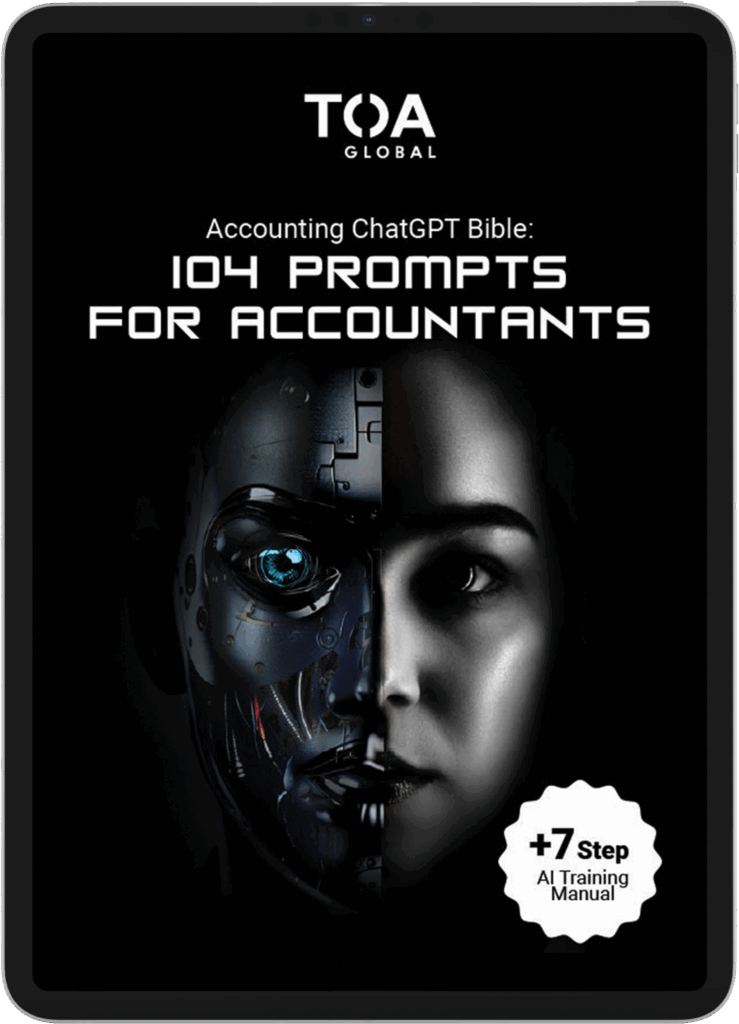Think of that moment when your preferred streaming service—say, Netflix—automatically charges your subscription, and you can binge-watch Money Heist without interruption.
That’s exactly how vendors wish their payment experience with your clients’ businesses could be—smooth, predictable, and hassle-free.
While we can’t promise quite the same seamlessness as Netflix, a well-organized accounts payable template can come pretty close to delivering that dream payment experience.
Whether you need to process occasional payments or manage multiple transactions across different vendors, we’ve created a free Excel accounts payable template to help you better handle your clients’ cash flow.
The Importance of an Accounts Payable Ledger
Before diving into the accounts payable template itself, let’s review why a ledger matters to your clients’ financial health.
The short answer is that an accounts payable ledger turns chaos to clarity. You have a command center for managing who your clients owe, how much, and when payments are due.
And the long “why”? We listed it below.
Enhanced Cash Flow Visibility
Your accounts payable ledger provides a clear insight into upcoming payment obligations. This visibility allows you to plan for expenses, ensuring timely payments and sufficient cash when needed most.
Strong Vendor Relationships
When you’re on track with payment terms and due dates, you eliminate awkward calls from vendors checking on late fees or missing invoices. This reliability puts your client in a stronger position when negotiating volume discounts. After all, vendors are more likely to extend favorable offers to customers they can count on.
Simplified Financial Reporting
By categorizing expenses and maintaining payment records in one location, you have accurate, detailed documentation at your fingertips. This level of organization is especially beneficial during audits or year-end reporting when quick access to payment histories can save you time and reduce stress.
Data-Driven Decision Making
An organized accounts payable ledger also supports business intelligence. You can track spending patterns, identify high-cost vendors, and even forecast future cash needs based on historical data.
With these insights, you can actively manage expenses and optimize payment schedules, ultimately strengthening your clients’ bottom line.
Components of an Accounts Payable Ledger
Now that we’ve established the importance of an accounts payable ledger, let’s look at the specific components working together to help you help your clients.
Vendor Information
Think of this part as your vendor’s profile page. It’s where you store the basic data that rarely changes but is essential for every transaction:
- Vendor Name
- Address
- Contact Person
- Contact Details (i.e., email address and phone number)
- Preferred Payment Method
- Tax ID
Invoice Details
Here’s where you track transactions from receipt to payment, ensuring nothing falls through the cracks:
- Invoice number
- Invoice date
- Description of goods or services provided
- Invoice amount
- Due dates
- Payment terms
- Late payment penalties
- Balance due
- Payment status
Payment Information
Your historical record of completed transactions, providing a clear audit trail and helping resolve any payment disputes:
- Payment date
- Payment amount
- Reference number
Aging Schedule
Your early warning system, categorizing unpaid invoices based on how long they’ve been outstanding:
- Current
- 1-30 days past due
- 31-60 days past due
- 61-90 days past due
- Over 90 days past due
Free Accounts Payable Excel Template
Our free accounts payable template in Excel combines the above-mentioned components, complete with pre-built formulas and conditional formatting to highlight payment priorities.
But remember, some accounts payable processes look different; customize the template to match your specific needs.
Suggestions for Advanced Excel Customization
If you’re interested in taking your accounts payable Excel template up a notch, consider these customization tips:
- Add Payment Schedules for Recurring Expenses: If your clients’ business has regular expenses (e.g., monthly software subscriptions, utilities), consider creating a section for them. That way, you can account for ongoing obligations without re-entering them each month.
- Prepare Monthly Summary Report: Create a separate summary tab that pulls data from the main sheet. Use formulas like SUMIF to calculate totals by month, vendor, or category, providing insights into your clients’ spending habits.
- Integrate Expense Categories: Add columns for expense categories (e.g., office supplies, services, utilities) so you can quickly sort and filter to see where the highest costs are.
Best Practices for Max Efficiency
Standardize Data Entry
Standardized data entry helps you spot trends in your spending. Follow consistent formatting rules for dates, vendor names, and currency. If you aren’t already using them, consider dropdown menus for frequently used entries to minimize errors.
Regular Updates
Track multiple payments and due dates by updating your accounts payable ledger at least weekly, if not daily. To return to our earlier analogy, it’s like Netflix updating its content library—staying current keeps everything relevant and useful.
Backup and Security
Regularly back up your accounts payable spreadsheet and protect it with appropriate security measures. Consider password protection for sensitive vendor information.
Documentation
Keep a separate tab for notes and special instructions to preserve institutional knowledge about vendor relationships.
Other Alternative AP Solutions to Consider
An accounts payable spreadsheet is a great starting point for managing your clients’ finances. However, as their businesses expands, so too might the demand for advanced solutions to handle increasing transaction volumes.
Below, we look at two alternatives you can consider implementing.
Automation Software: Simplifying AP with Technology
Modern accounts payable software reduces manual data entry and minimizes human error in your process. These platforms typically offer features like:
- Invoice scanning and data capture
- Automated invoice matching with purchase orders
- Digital approval workflows
- Integration with accounting systems
- Real-time reporting capabilities
Implementing software requires considerable time and money (e.g., software costs and staff training). If you’re looking for a long-term, scalable solution, automation can be a worthwhile investment, but it may not be practical for small businesses with limited budgets.
Related Reading: 9 Accounting Tasks to Automate for Improved Efficiency
Offshoring: Tapping into External Expertise
Another option is to delegate your accounts payable functions to a specialized offshore provider. This approach offers several advantages:
- Access to experienced accounting professionals well-versed in best practices and regulatory requirements
- More time for in-house staff to focus on high-value tasks
- Scalable processing capacity
- Standardized procedures
- Built-in backup and continuity
Like automation, offshoring isn’t without its challenges. You’ll need to evaluate potential providers, establish clear service level agreements, and oversee the process.
Fortunately, practice advisors, like those in TopFirm, can guide your firm through these steps. With years of experience under their belt, they can evaluate and implement the right offshoring strategy that aligns with your growth objectives.
Related Reading: The Ultimate Guide to Offshore Accounting
Find the AP Solution for You with TOA Global
While your accounts payable process might never be as entertaining as a Netflix binge-watching session, a well-designed spreadsheet can make it nearly as convenient.
By implementing the accounts payable template components and best practices we’ve discussed, you’ll set your clients up for better vendor relationships, improved cash flow management, and fewer payment hiccups.
However, businesses experiencing increasing complexity in their accounting processes need more than just templates. Offshoring routine accounts payable tasks provides the best of human expertise and automation.
At TOA Global, our US-trained offshore accountants are experts in spreadsheet automation and accounting software. We help you maintain control where it matters while our specialized team takes care of the numbers.
Ready to optimize your accounts payable? Schedule a call today.




















